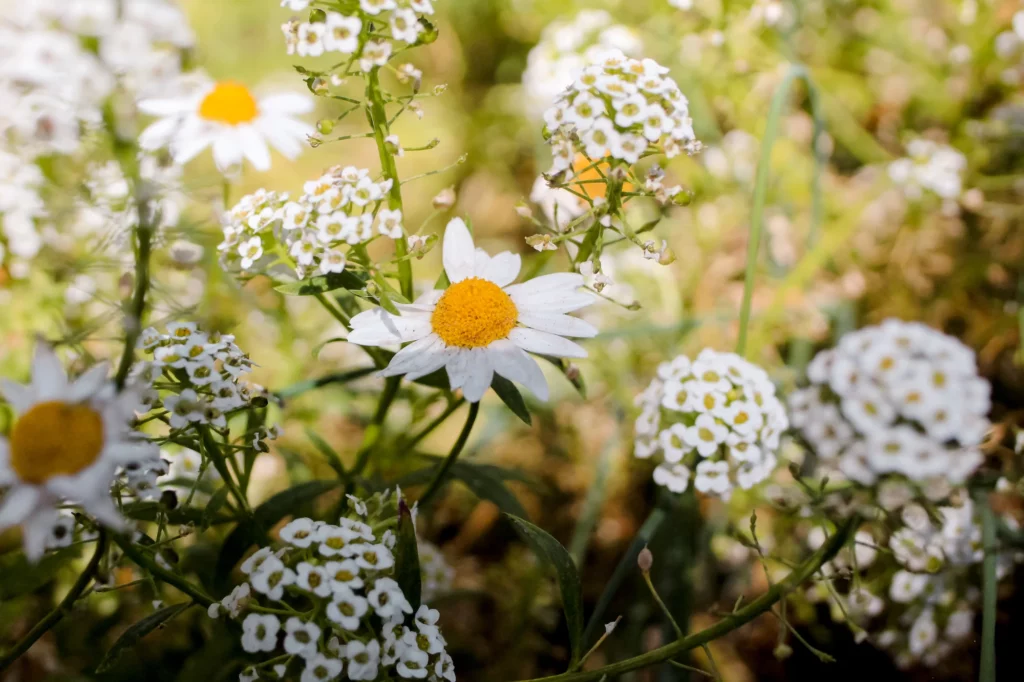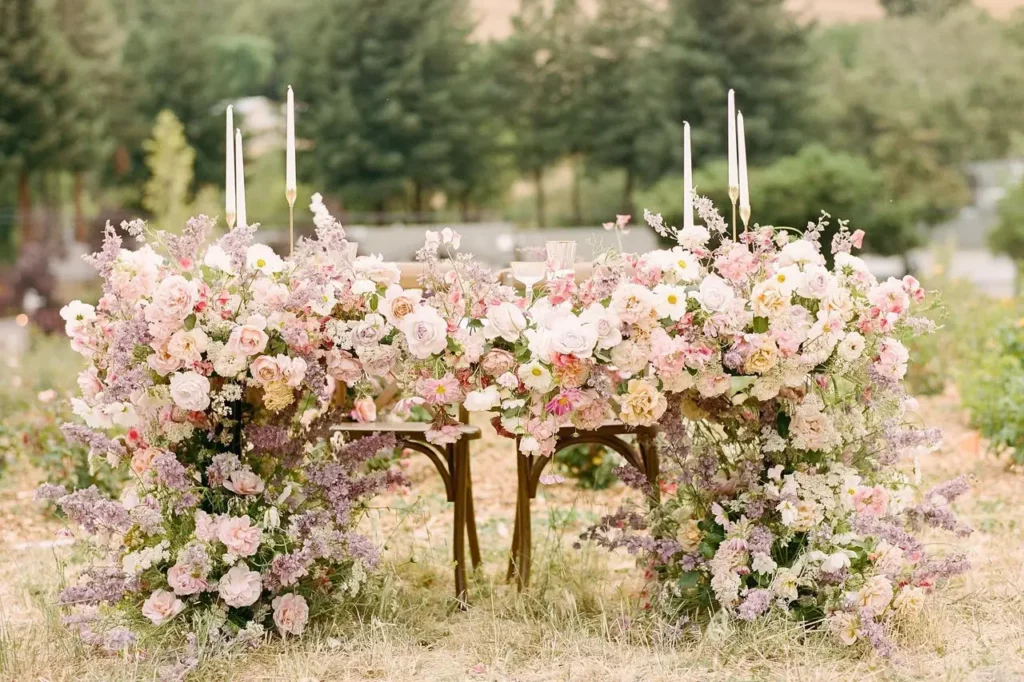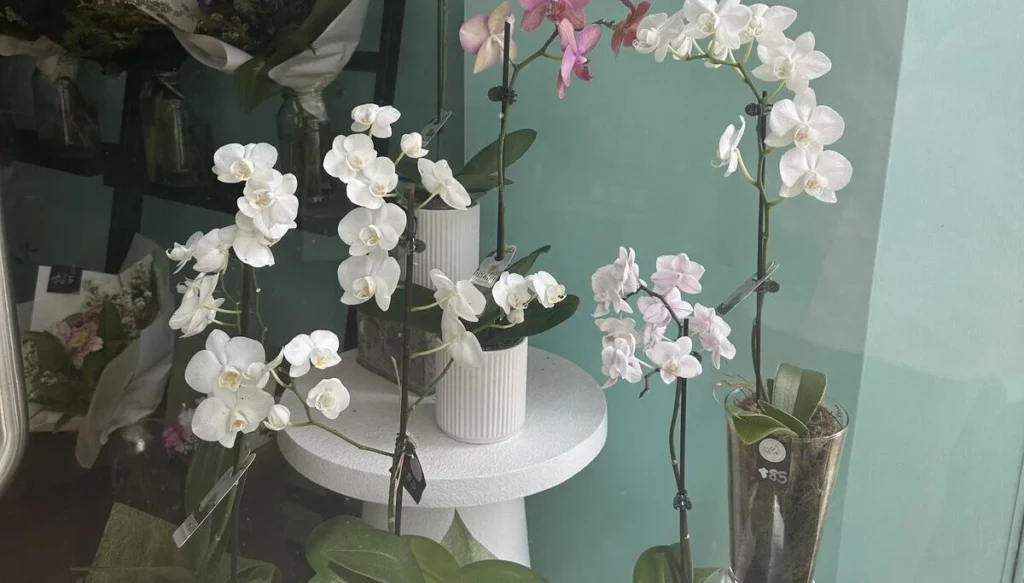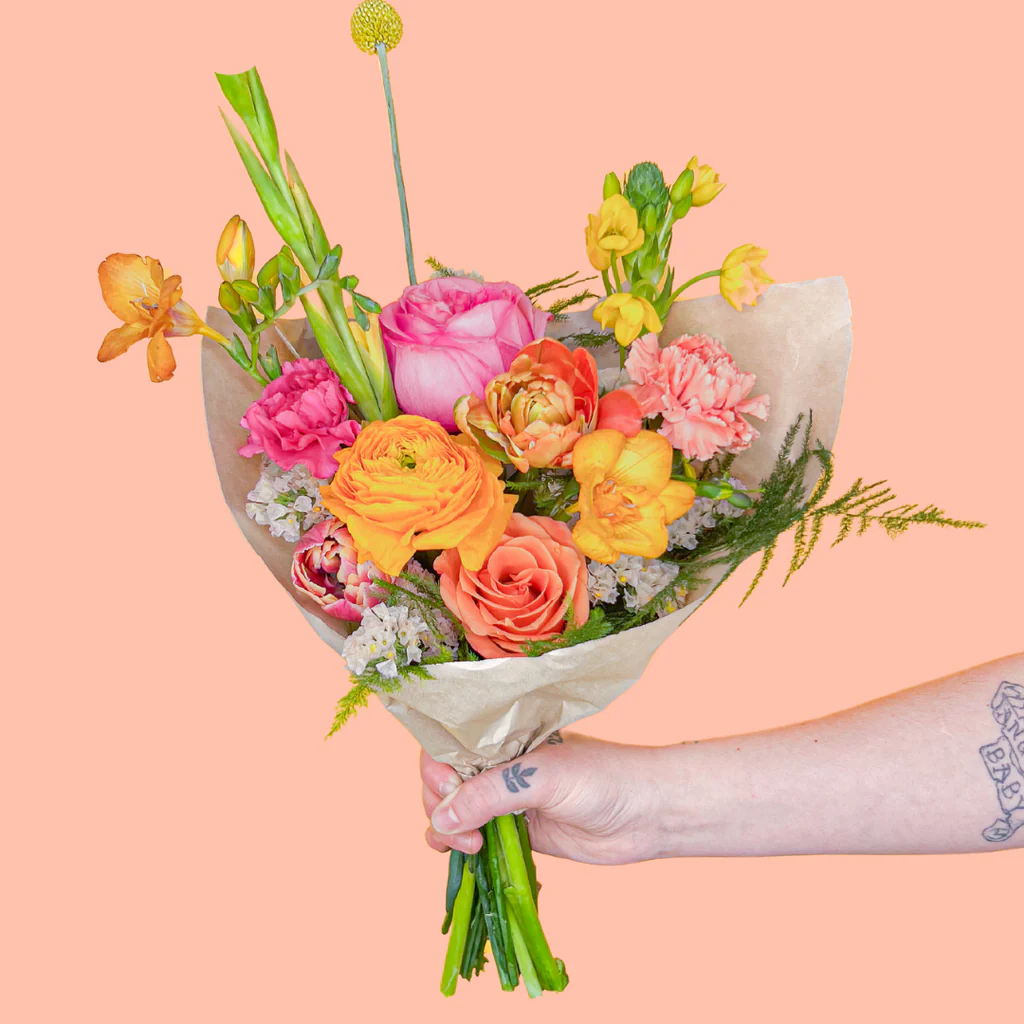The Central Coast region is a haven for nature lovers and flower enthusiasts alike. Its unique climate and diverse ecosystem make it home to a wide variety of stunning floral species, each showcasing their beauty in different seasons throughout the year. Whether you are a seasoned gardener or simply appreciate the allure of nature’s floral creations, this guide will take you on a journey through the mesmerizing world of Central Coast flowers for every season.
Understanding Central Coast’s Unique Floral Biodiversity
The Central Coast is renowned for its rich biodiversity, which is reflected in the abundance and variety of flowers found in the region. This is largely due to the area’s favorable climate, characterized by mild winters and warm summers. The combination of coastal influences and inland factors creates a microclimate that allows a wide range of flowers to thrive.
As you embark on your journey exploring the Central Coast’s floral wonders throughout the seasons, remember to take the time to appreciate the incredible diversity and beauty that nature has to offer. Whether you are admiring wildflowers on a hike or cultivating your own garden, the Central Coast never fails to delight and inspire with its ever-changing floral displays.
Exploring the Central Coast flowers biodiversity reveals a fascinating tapestry of plant life that has adapted to the region’s specific environmental conditions over time. The intricate relationship between soil composition, sunlight exposure, and precipitation levels has shaped the evolution of various flower species, each with its own unique characteristics and survival strategies.
The Role of Climate in Flower Growth
The Central Coast’s Mediterranean climate plays a crucial role in influencing the growth patterns of flowers. Mild and wet winters provide the necessary moisture for plants’ survival, while the warm and dry summers ensure optimal conditions for flower development and blooming.
Moreover, the coastal fog that frequently blankets the Central Coast contributes to the moisture levels essential for certain flower species to thrive. This natural phenomenon not only sustains delicate blossoms but also creates a mystical ambiance that enhances the beauty of the region’s floral landscapes.
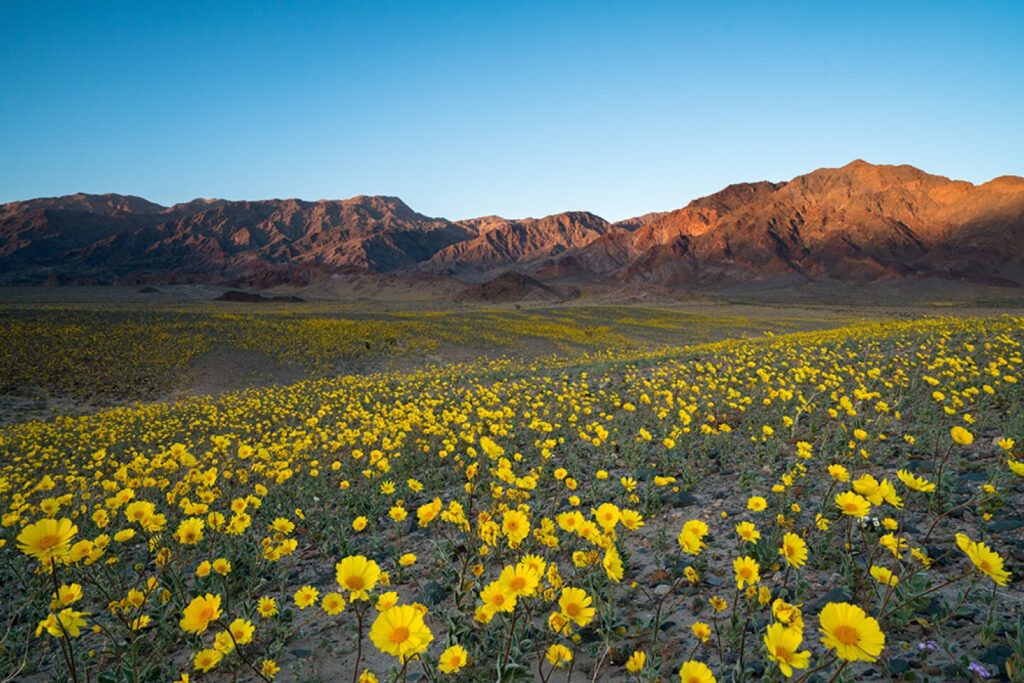
Notable Flower Species in the Central Coast
The Central Coast boasts an array of notable flower species that add color and enchantment to the region’s landscapes. From vibrant wildflowers to delicate blossoms, each species has its own unique characteristics and charm.
- Russian River Rose
- California Poppy
- Coastal Daisy
- Lupine
- California Lilac
These flowers not only contribute to the visual splendor of the Central Coast but also play a vital role in supporting local ecosystems. The nectar provided by these flowers serves as a food source for various pollinators, including bees, butterflies, and hummingbirds, ensuring the continuation of the region’s diverse flora and fauna.
Spring Blooms: Flowers to Look Out For
As the weather warms and nature reawakens, spring brings a burst of life and colors to the Central Coast. It’s a time when flowers begin to emerge from their winter slumber, painting the landscapes with breathtaking beauty.
One of the most anticipated spring flowers in the Central Coast is the vibrant Lupine. These tall, spiky flowers come in various shades of purple, blue, and pink, creating a stunning contrast against the green backdrop of the hills. Lupines are known for attracting butterflies and bees, adding a touch of wildlife to your spring garden.
Identifying Spring Flowers
Springtime in the Central Coast offers a kaleidoscope of blossoms, each with its own distinctive traits. From the iconic California Poppy to the elegant Russian River Rose, identifying these botanical treasures can be a joyous adventure for flower enthusiasts.
Another flower that graces the Central Coast with its presence in spring is the Matilija Poppy, also known as the “fried egg flower” due to its large, white, crepe-paper-like petals and bright yellow center. This native California plant thrives in sunny locations and adds a touch of whimsy to any garden with its unique appearance.
Cultivating Spring Flowers in Your Garden
Bringing the splendor of spring blooms into your own garden is a delightful way to enjoy the season’s beauty up close. With the right knowledge and care, you can create a vibrant and colorful garden that mirrors the natural wonders of the Central Coast.
When cultivating spring flowers in your garden, consider adding the cheerful Douglas Iris. These delicate flowers feature intricate purple and white markings on their petals, creating a mesmerizing display when planted in clusters. Douglas Iris thrives in partial shade and moist, well-drained soil, making it a versatile and low-maintenance addition to any garden. Learn more about soil at https://extension.umn.edu/managing-soil-and-nutrients/living-soil-healthy-garden
Summer’s Floral Display: What to Expect
As summer arrives, the Central Coast transforms into a magnificent floral paradise. The region’s sun-kissed landscapes dazzle with an abundance of blossoms, filling the air with their delightful fragrances.
Summer in the Central Coast is a time when nature puts on a spectacular show, painting the hills and valleys with a kaleidoscope of colors. From the vibrant reds of the Indian Paintbrush to the delicate blues of the Lupine, the variety of flowers is truly awe-inspiring. Each bloom seems to compete for attention, creating a visual feast for all who behold it.
Common Summer Flowers in the Central Coast
Summer in the Central Coast showcases an array of vibrant and sun-loving flowers. These resilient blooms thrive in the warm temperatures and intense sunlight, creating a picturesque display that is hard to resist.
One of the most iconic summer flowers in the Central Coast is the California Poppy, with its golden petals swaying in the gentle breeze. The cheerful faces of Sunflowers also dot the landscape, turning towards the sun in a display of nature’s resilience. The intoxicating scent of Lavender fills the air, attracting bees and butterflies to its purple blooms.
Tips for Summer Flower Maintenance
Maintaining your summer flowers requires some special attention due to the hot and dry conditions that are characteristic of the season. With proper care and watering techniques, you can keep your garden flourishing throughout the summer months.
During the summer months, it is essential to water your flowers deeply but infrequently to encourage strong root growth. Adding a layer of mulch around the base of your plants can help retain moisture in the soil and protect the roots from the scorching sun. Regular deadheading of spent blooms will not only keep your garden looking tidy but also promote continuous flowering throughout the season.
Autumn Flowers: A Season of Change
As summer fades and gives way to autumn, the Central Coast undergoes a mesmerizing transformation. The landscapes are painted with warm hues, and the air carries a crispness that signals the arrival of the fall season.
Autumn is a time of transition, where nature gracefully shifts from the vibrant blooms of summer to the rich and earthy tones of fall. The Central Coast becomes a canvas of reds, oranges, and yellows, as the leaves change and the flowers adapt to the cooler temperatures.
Autumn Flower Species and Their Characteristics
Autumn in the Central Coast introduces a unique ensemble of flowers that thrive in the changing conditions. These resilient species showcase their vibrant colors and textures, providing a captivating sight for all who witness their beauty.
One such flower is the Chrysanthemum, a symbol of autumn known for its variety of colors and intricate petal patterns. Another standout is the Helenium, also called sneezeweed, which boasts warm shades of red, orange, and yellow, adding a pop of color to any autumn garden.
Preparing Your Garden for Autumn
Preparing your garden for the autumn season is essential to ensure your flowers continue to flourish amidst changing temperatures and weather patterns. By taking the right steps, you can create an inviting and bountiful garden that embraces the spirit of fall.
Start by cleaning up your garden beds, removing any spent summer blooms and debris to make way for new growth. Consider planting cool-season vegetables like kale and Brussels sprouts alongside your flowers to create a dynamic and functional autumn garden. Adding a layer of mulch can help insulate the soil and retain moisture, providing a nurturing environment for your plants as they prepare for the winter ahead.
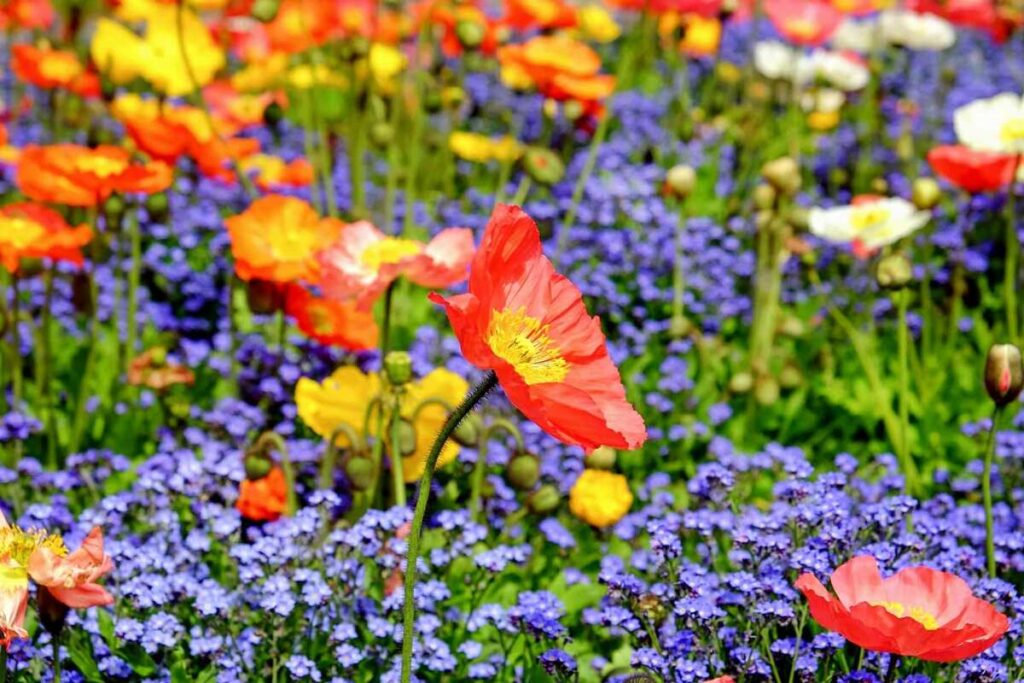
Winter Flowers: Beauty in the Cold
While winter is often associated with bare landscapes and hibernating plants, the Central Coast proves that there is still beauty to behold even in the coldest months of the year. A selection of winter flowers defiantly braves the cold, adding splashes of color and elegance to the surroundings.
Winter in the Central Coast unveils a hidden world of floral treasures that bloom against the backdrop of frost-kissed landscapes. These resilient winter flowers not only survive but thrive in the chilly air, showcasing nature’s ability to adapt and endure even in the harshest conditions. Their delicate petals and vibrant hues serve as a reminder that beauty can be found in unexpected places, even when the world seems to be in a state of slumber. To read more about harshest click here.
Winter-Resistant Flowers and Their Features
Not all flowers can withstand the chill of winter, but a few hardy species found in the Central Coast have adapted to thrive in the colder months. These winter-resistant flowers possess unique features and strategies that allow them to defy the frost and bloom when most other plants lie dormant.
Among these resilient winter blooms are the Hellebores, also known as Winter Roses, which boast a remarkable ability to bloom in the midst of winter’s icy grip. Their nodding flowers come in an array of colors, from deep purples to soft pinks, adding a touch of enchantment to the winter garden. Another standout is the Winter Jasmine, with its delicate yellow flowers that brighten up the dreariest of days, exuding a sweet fragrance that beckons early pollinators.
Caring for Winter Flowers
Providing the right care and protection for your winter flowers is key to ensuring their vitality and longevity during the colder months. With a few simple practices, you can nurture your winter blooms and create a captivating winter wonderland in your garden.
During the winter months, it is essential to monitor the moisture levels in the soil to prevent waterlogging, which can be detrimental to the roots of winter flowers. Applying a layer of mulch around the base of the plants can help insulate the soil and regulate temperature fluctuations, providing a cozy environment for the roots to thrive. Additionally, occasional pruning of dead or damaged branches can promote healthy growth and encourage the development of new blooms.
Othe resources: Fresh and Beautiful Flowers Central Coast Residents Love

